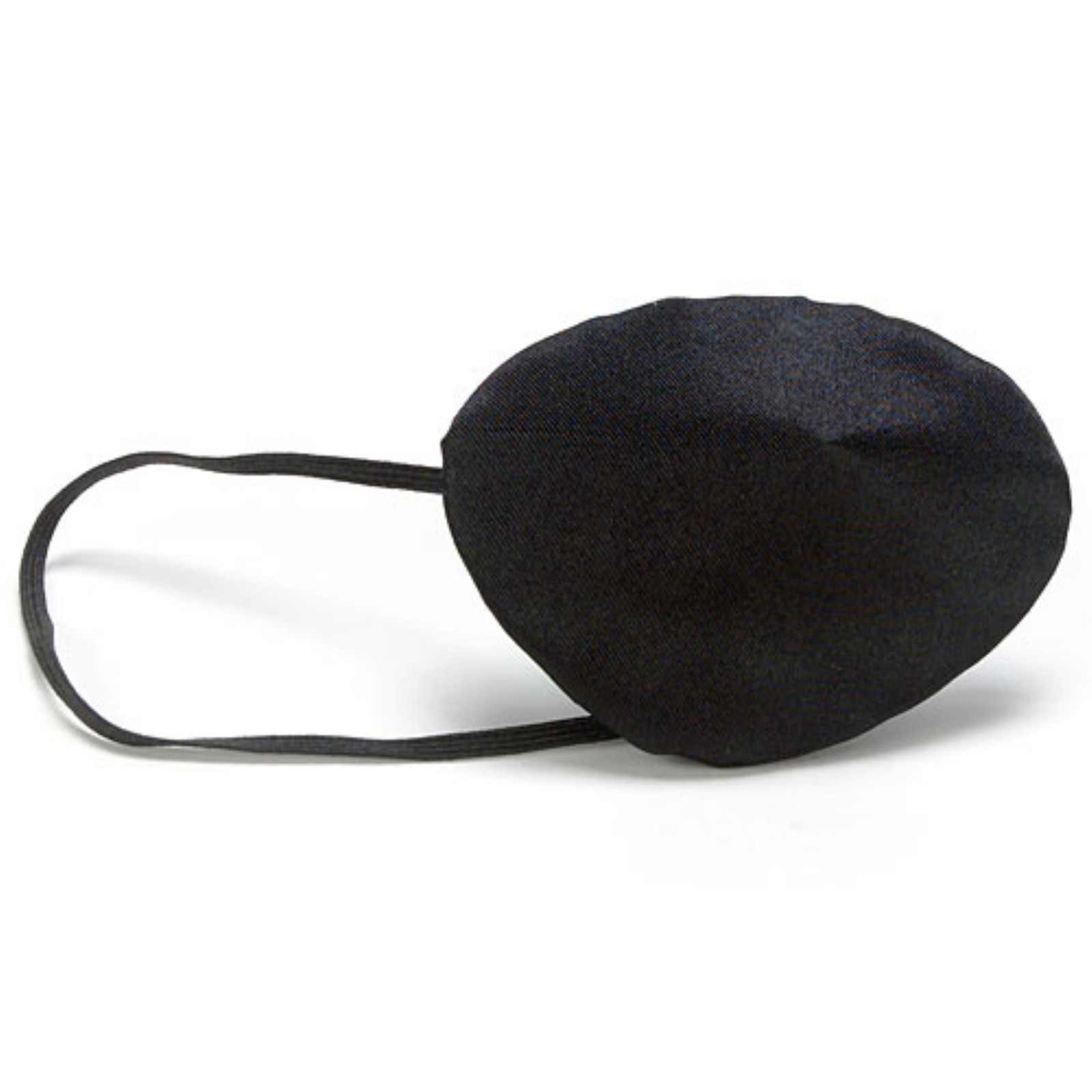A while ago, I came across the case of a CCTV operator who went on a training course and just happened to mention that he only had one working eye. His job was to look at a bank of 20 or so screens on a large wall in front of him. His comment created all sorts of consternation as the trainer mentioned it to the company. You can see the trainer’s predicament. He doesn’t want to be the one who ignored or passed someone with one eye even though there didn’t appear to be any actual evidence that he was less capable than others on the course?
That put the (eye)ball – sorry – in the court of the employer and they understandably didn’t want to ignore it either. If there was an incident when the bloke with one eye was on duty– which they knew about – and he missed it, there would be a lot of squirming going on and questions asked as to whether those with two eyes would have seen it.
But is it really a problem? There are a lot of one eyed people out there who live and work in a variety of settings and manage very well. Most of those in my generation who had a “lazy eye” as a child have basically grown up one-eyed. By the time the lazy eye was identified and the poor child had to walk around with those horrible NHS specs with one cloudy lens it was usually too late and the good eye and brain had programmed themselves to manage quite happily without the lazy one. Later treatment has improved things but not much.
In an occupational setting there are two things you can do to manage the situation and identify if there really is an issue. Firstly, have a clear occupational standard – either statutory or company applied. If you have employees whose job is subject to legally required standards, such as drivers, this is easier to manage provided you know exactly what those standards are. If you are developing the standard yourself, you will need to ensure it is reasonable and appropriate. Demanding that all your administrators have perfect uncorrected vision is going to quickly find you on the receiving end of a claim when you turn a perfectly good candidate down because he or she seems to have rather thick glasses. Good policy examples can be found in many engineering companies that have Non Destructive Testing areas where technicians and inspectors coat a component with luminous dye which penetrates any faults. A good level of eye sight is required to identify the faults and annual eye tests are provided as part of the quality control procedures. Glasses are provided if required to bring employees up to the standard set by the company.
Secondly – and particularly if none of the above is available, ensure you have some other objective criteria. The CCTV training course can now be provided with a test to assess participant’s alertness to certain goings on across a bank of screens. This quickly identified that that bloke with one eye moved his head around a bit more but could do the job as well as any of his colleagues.
(Eye patch image courtesy of www.birthdayexpress.com)


Leave A Comment
You must be logged in to post a comment.